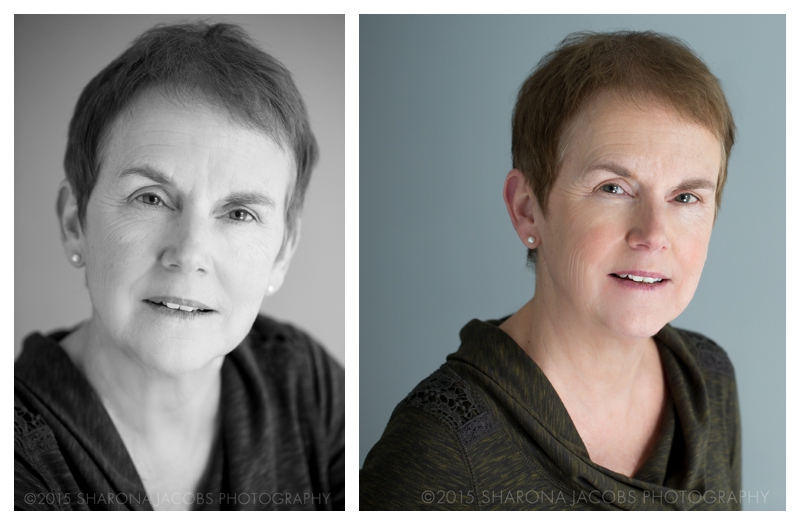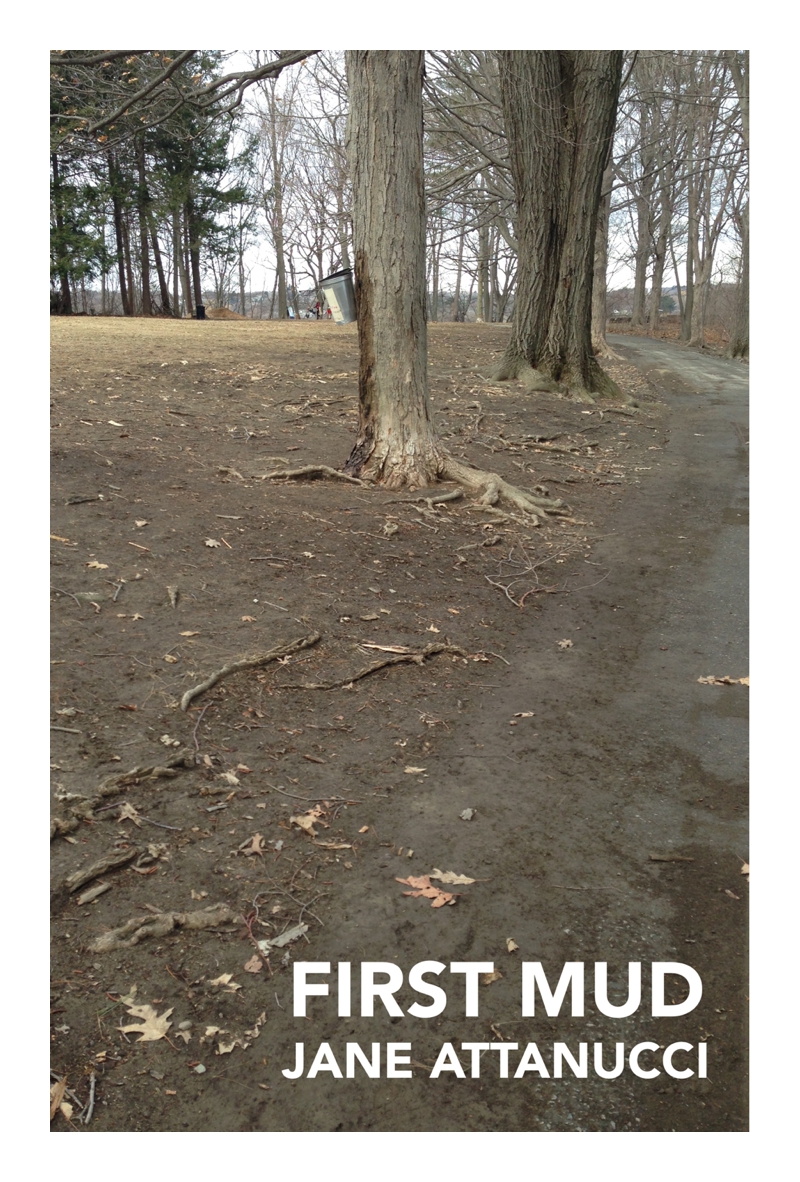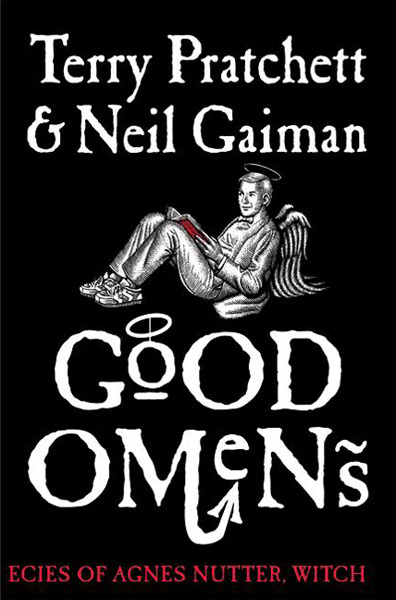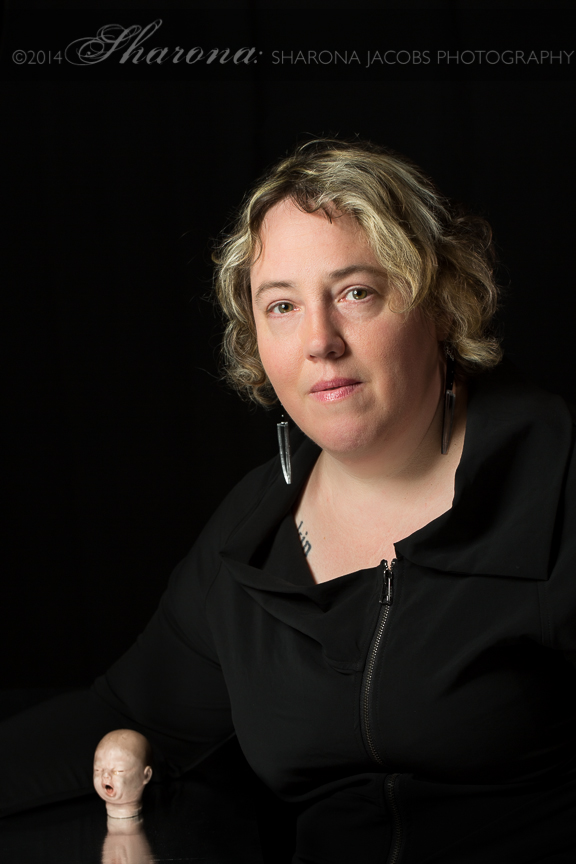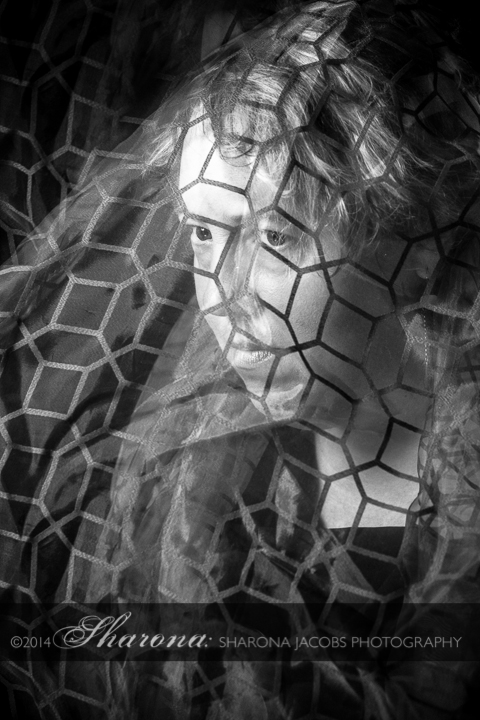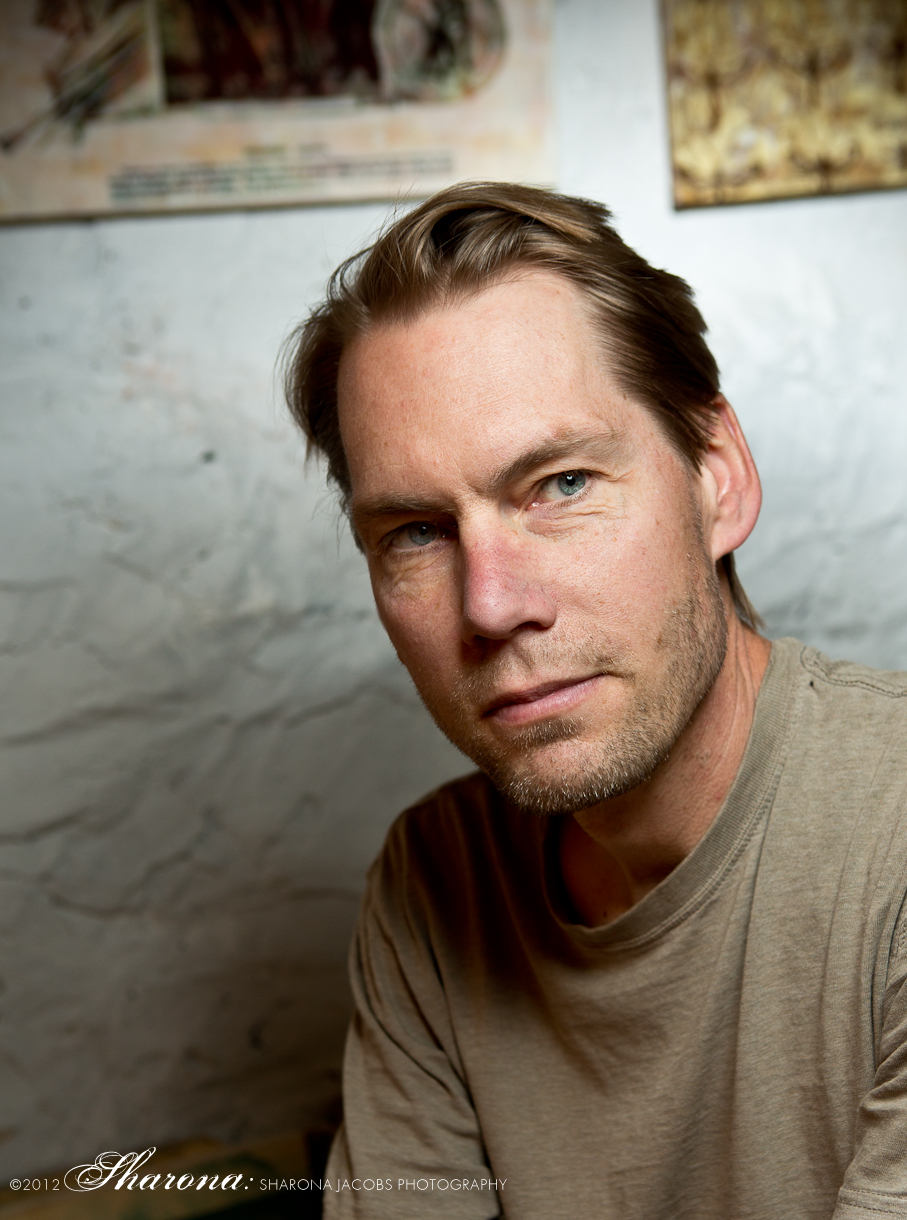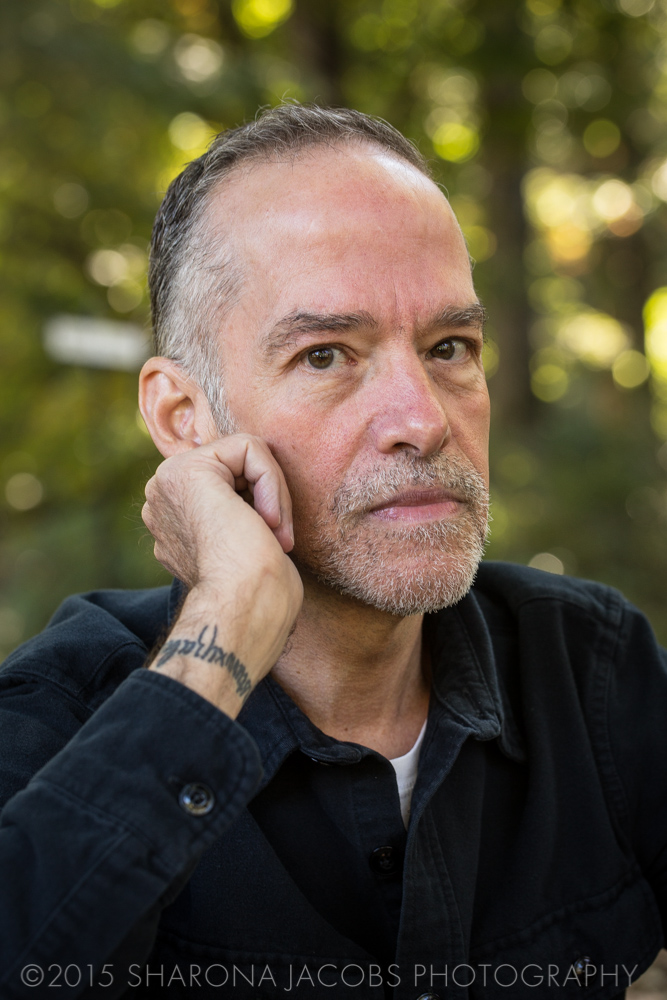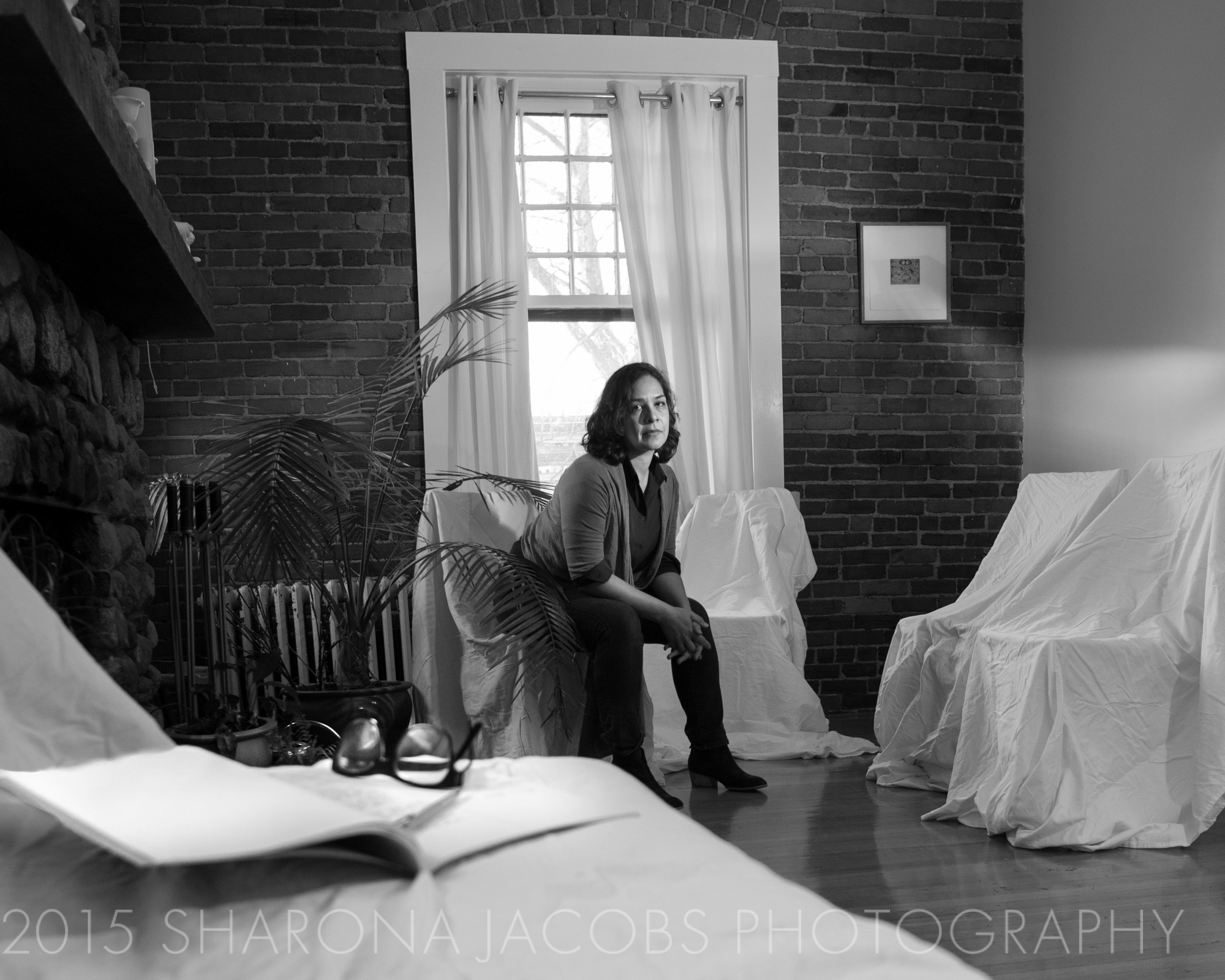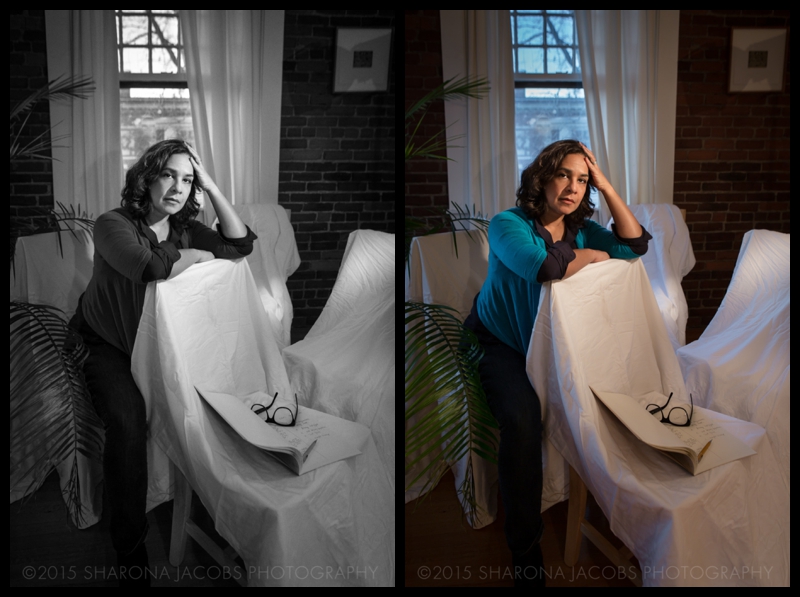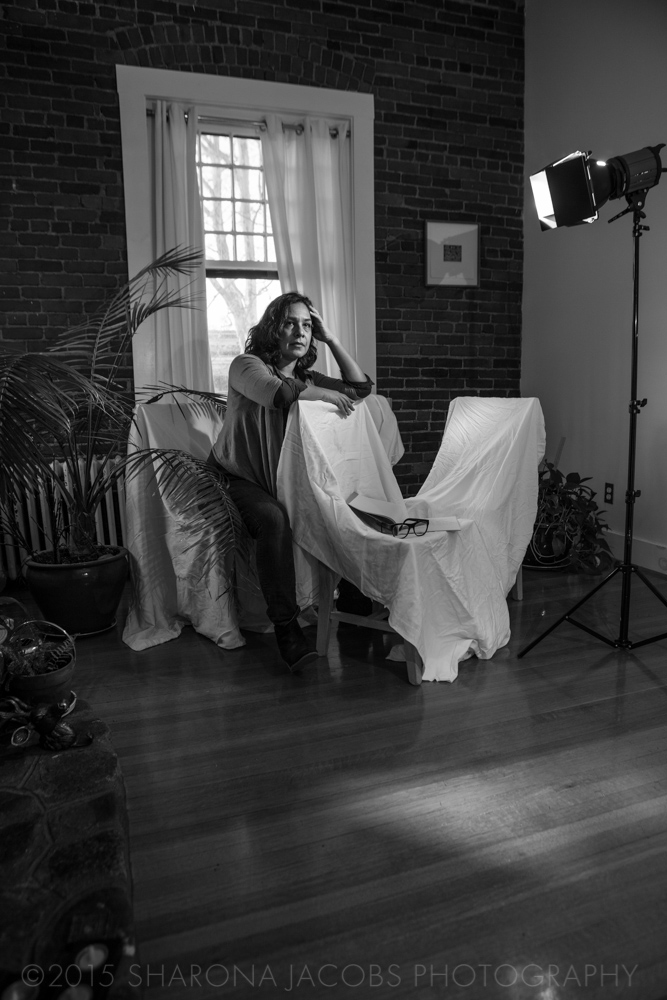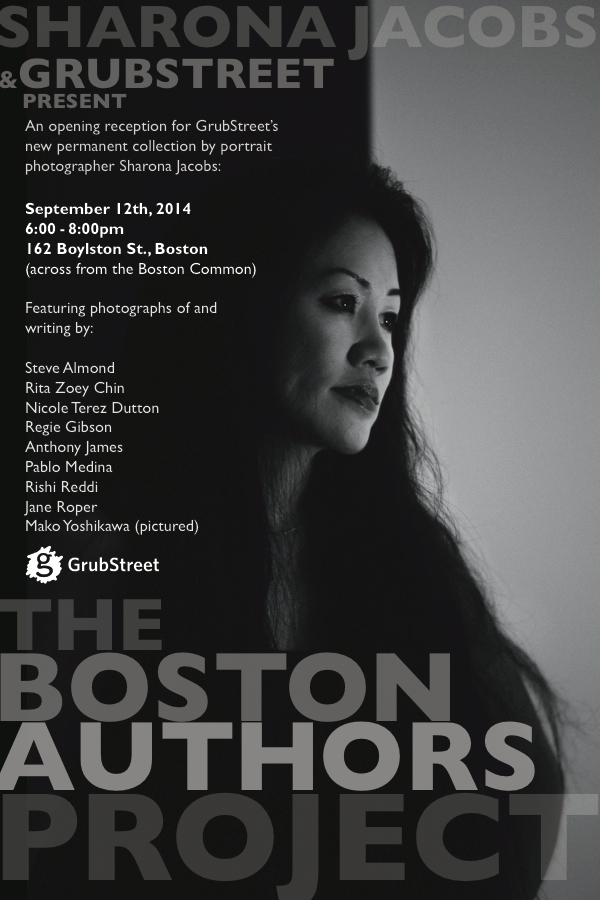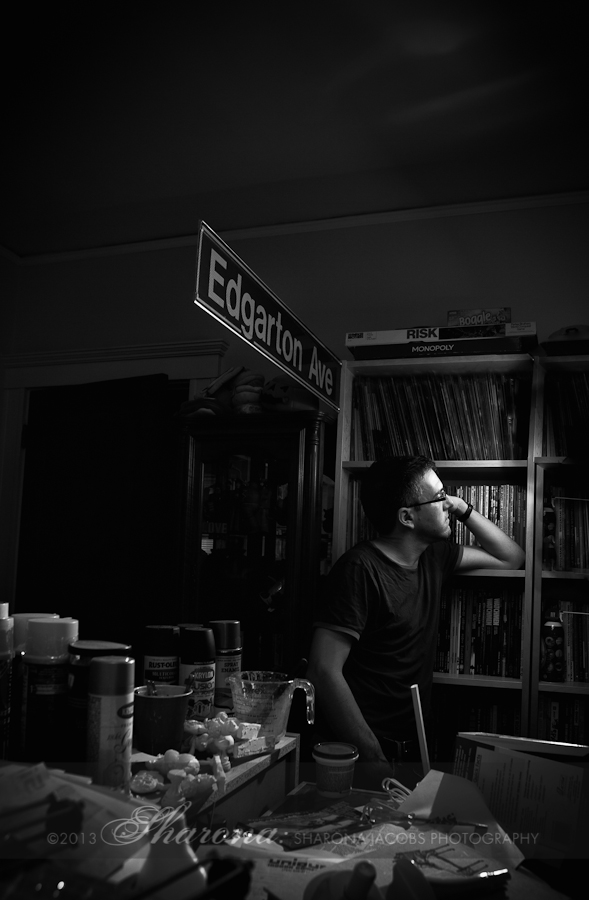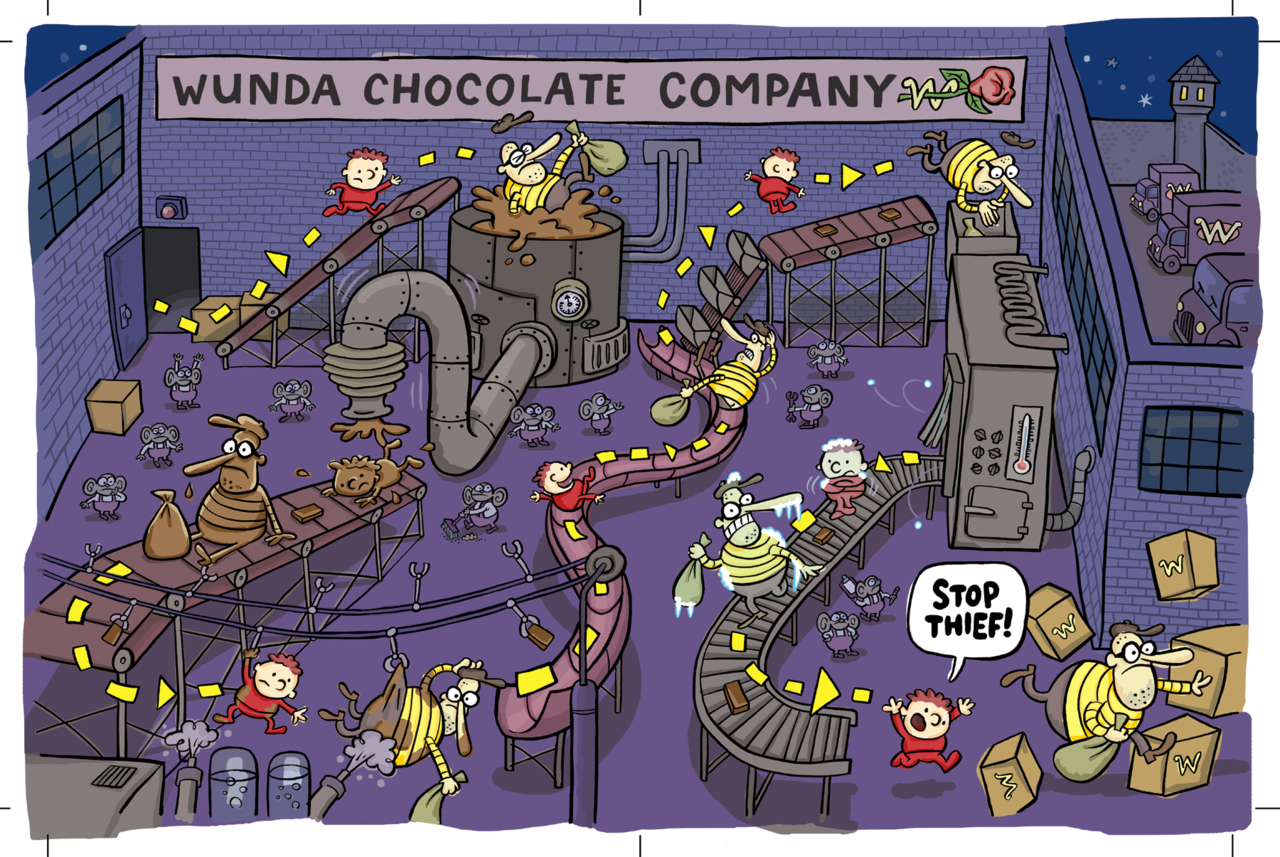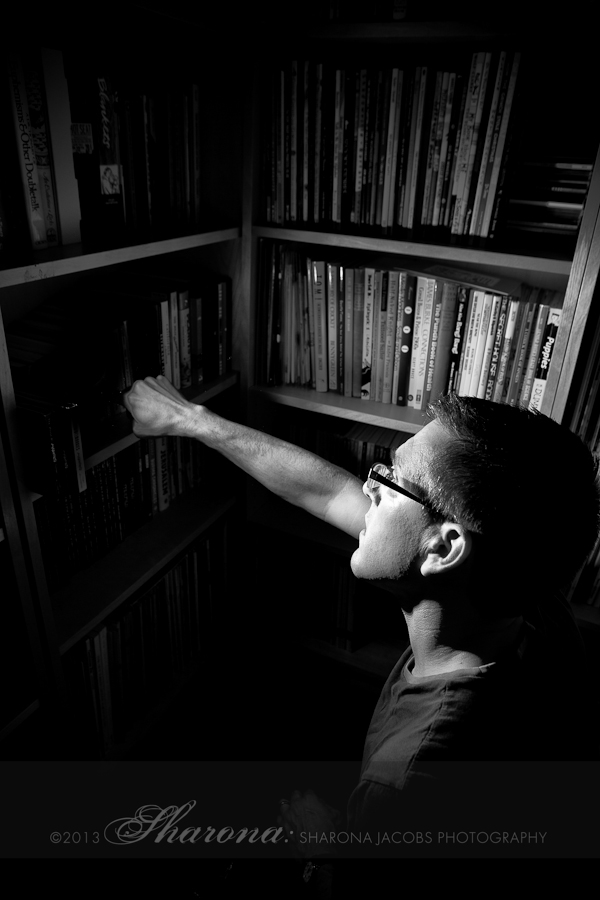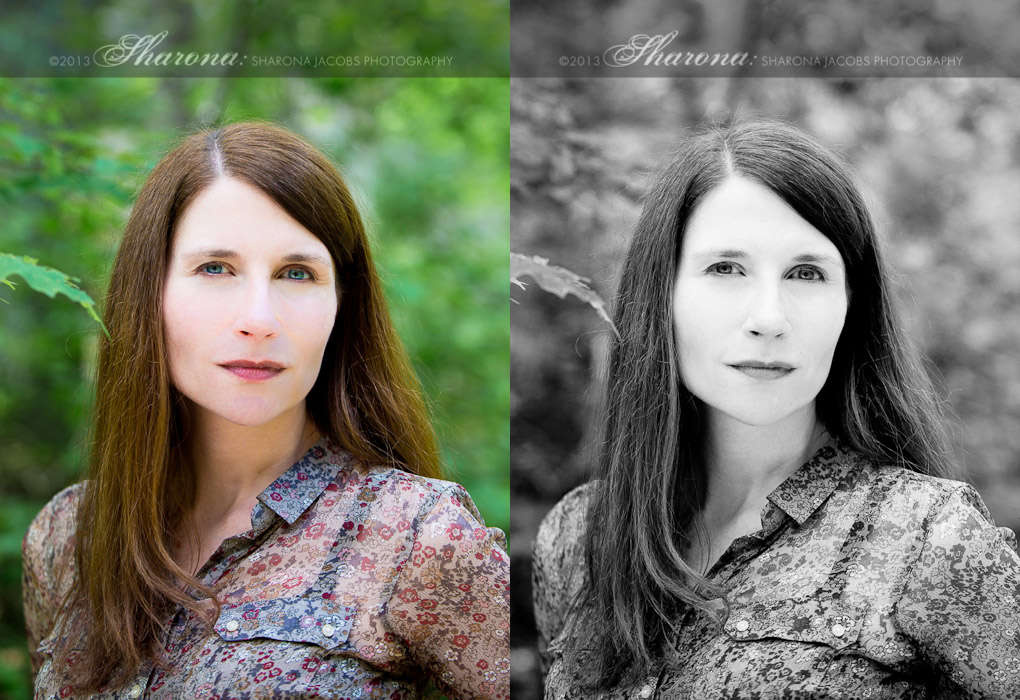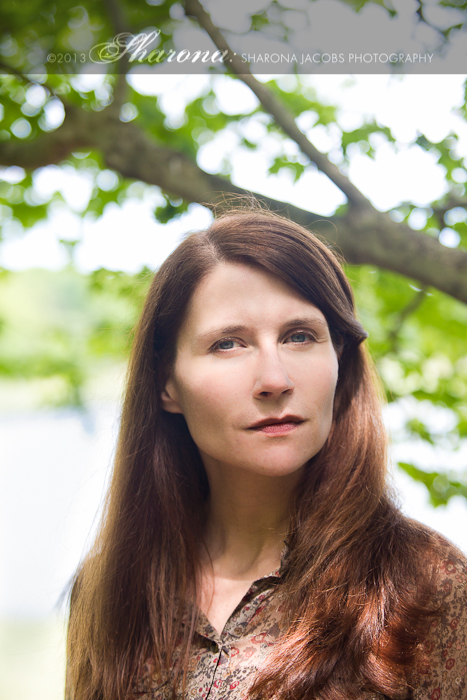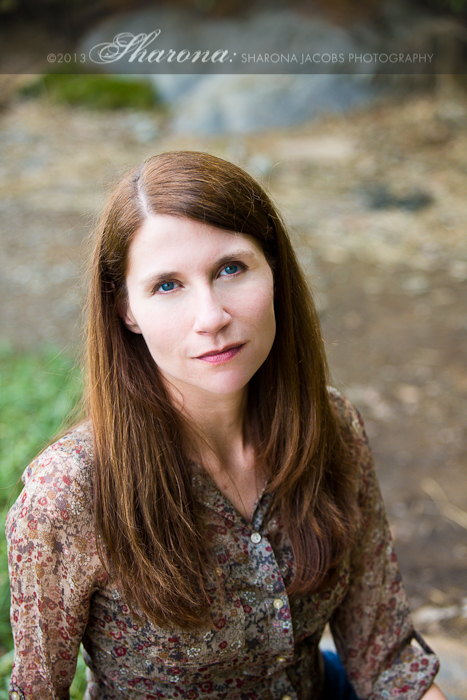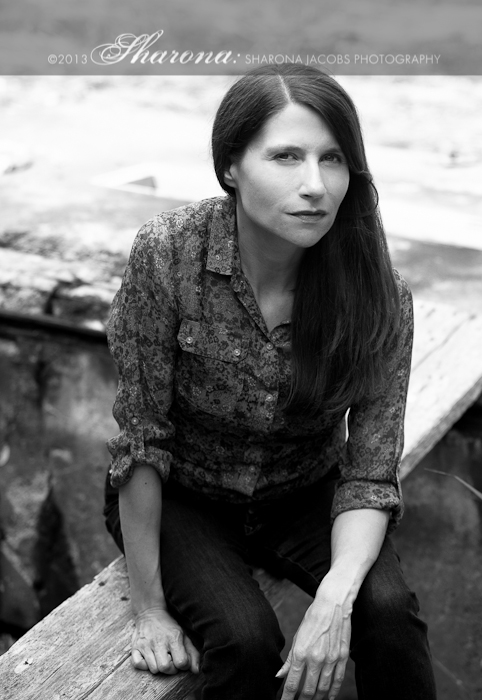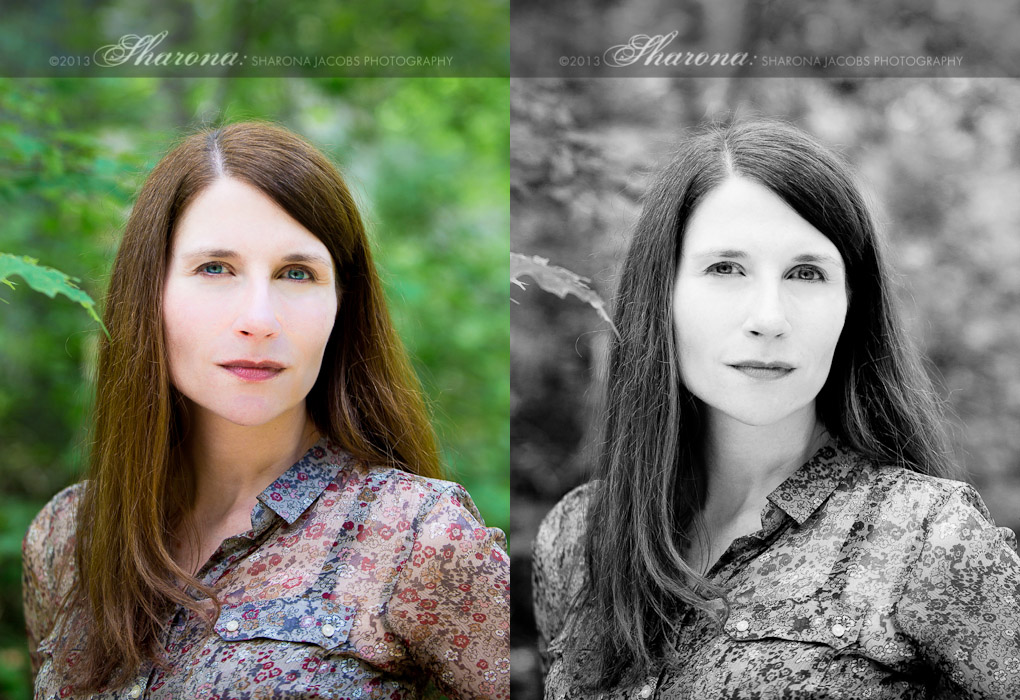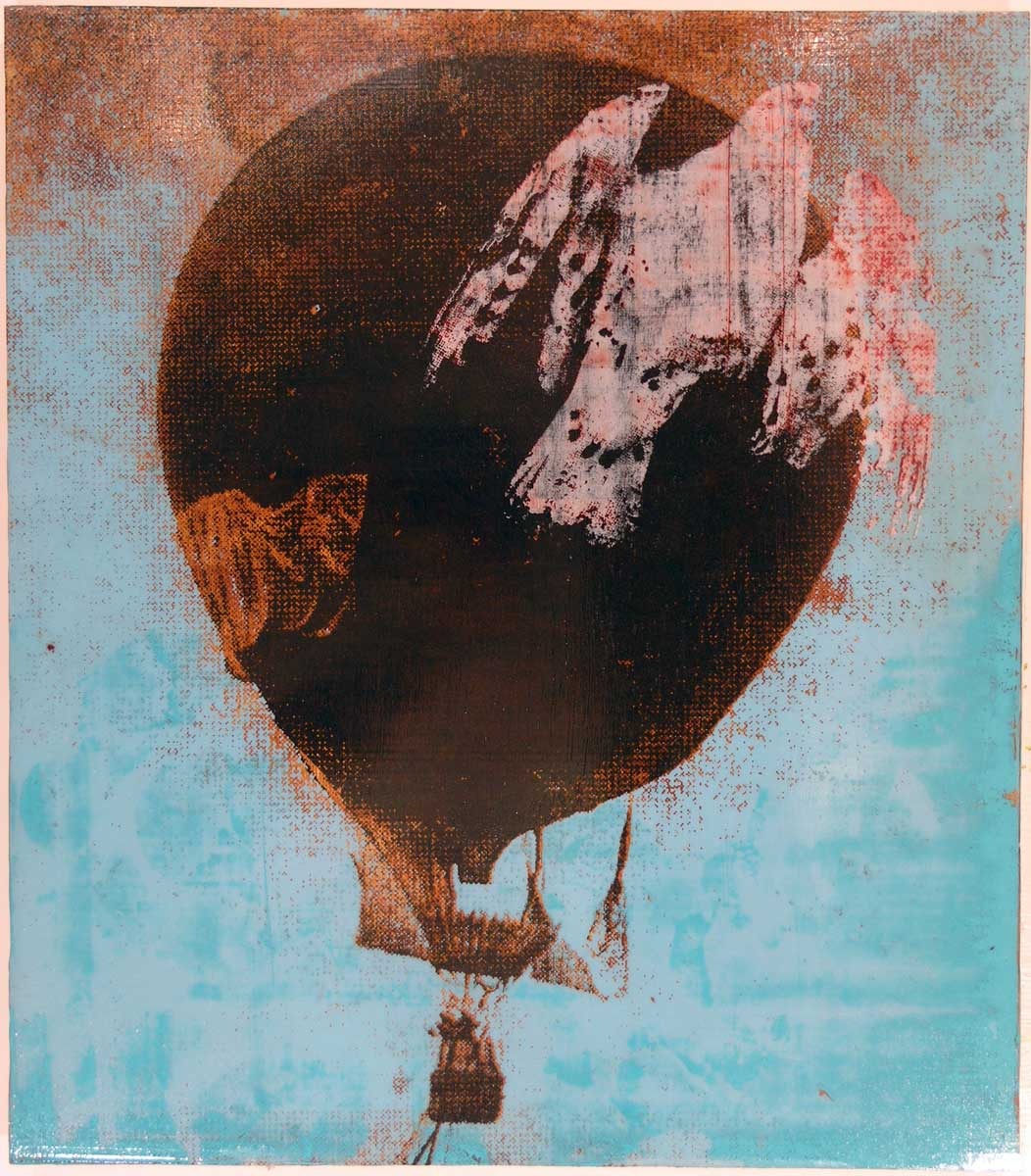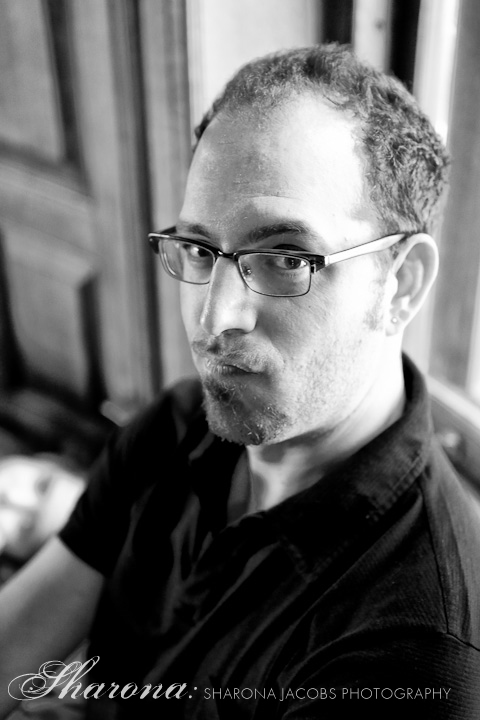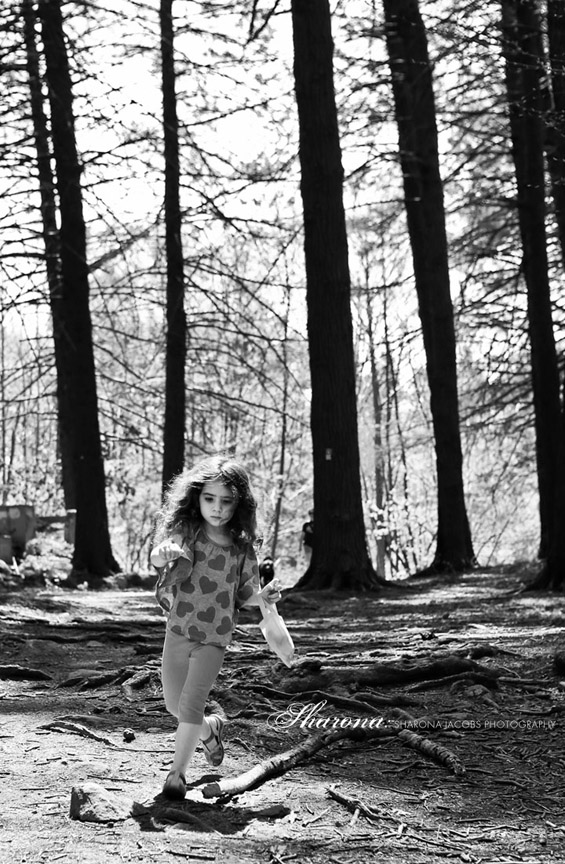A few months ago, I posted about the Shalon, a cross-collaborative professional creative group formed between myself, an author, an artist, and a filmmaker. Inspired by the concept of 18th century French salons, we decided to meet monthly to discuss our goals, be accountable to one another, and brainstorm ideas. The three menfolk of our group suggested the name based on the first three letters of my name. Being an independent creative professional can challenge the most stalwart of creative souls, and this group helps keep all of us focused and productive, both creatively and from the business standpoint. I hope that this, and future interviews with fellow independent creatives will inspire and support those of us making a living with our art. In that initial post, I mentioned that I'd be focusing on the Shalon-ers individually so you can learn a little more about them and their work. This week, I interviewed our resident writer, Robin Lippincott, the author of the novels "In the Meantime", "Our Arcadia", and "Mr. Dalloway", among many other published works.
Sharona:
Hi Robin, and thanks so much for speaking to us about you and your work. Could you tell us a little bit about you and your work?
Robin: I am a writer of literary fiction and nonfiction. I have two books coming out: Blue Territory: A Mediation on the Life and Work of Joan Mitchell (November 2015), and Rufus + Syd, a young adult novel co-written with Julia Watts (Spring 2016). I am also the author of the novels In the Meantime, Our Arcadia, and Mr. Dalloway, and the short story collection, The 'I' Rejected. My fiction/nonfiction has appeared in over 30 journals, including "The Paris Review," "American Short Fiction," "Fence," "Memorious," "The Literary Review," "The New York Times Book Review," and others. I teach in the low-residency MFA Program at Spalding University, and am also an avid film/museum/gallery goer, as well as a frequent walker in the city.
Sharona: How did you first venture into writing?
Robin: I first got into writing as a result of grief, not death but loss, as has been true for so many writers—one long, hot, long ago summer in Central Florida, where I grew up. Van Gogh's letters to his brother, collected in Dear Theo, and Anne Frank's Diary, were seminal aspects of my aesthetic and moral education that summer.
Sharona:
What are the greatest challenges in your work, and what helps you overcome them?
Robin: The greatest challenge in the work itself is simply getting it right, and in creating something that's beautiful and true. And then there are the challenges that occur at the intersection of art and commerce, at which there's most always a collision: sometimes it's only a bump or a scratch or a dent; at other times the vehicle is totaled. In both cases, you've just got to keep at it, teeth (sometimes) gritted.
Sharona: Whose work do you admire or influences you?
Robin: The list is long. I consider Virginia Woolf and D. H. Lawrence as my literary parents, with Emily Dickinson as a great aunt, and from there it's largely the great minds and/or stylists (the writer's writers), as well as a few Southern writers, whom I most admire. Here's a shortlist: Susan Sontag, Joan Didion, John Berger, William Faulkner, Flannery O'Connor, James Baldwin, Elizabeth Hardwick, James Salter, Grace Paley, James Schuyler, Toni Morrison, Renata Adler, Michael Ondaatje, W. G. Sebald, Anne Carson....
Sharona:
How is the Shalon, or meeting in other creative professional groups, helpful to you?
Robin: The Shalon is invaluable to me for several reasons. First, I believe the artistic pursuit (and the life that goes with that) is best and perhaps only really understood by other artists; in my experience, non-artists just don't/can't fully get it. And so I receive meaningful emotional support, both generally and also specifically. And I also get ideas and inspiration, and stimulation, as well as direct, inside exposure to the work of artists working in other art forms.








